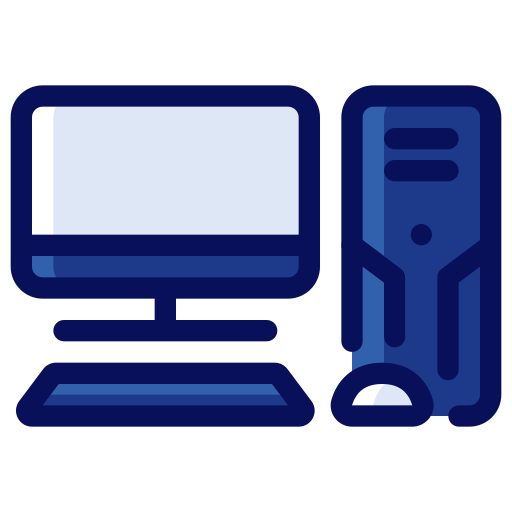As most people suggest, I’d also recommend going with Windows 11 for this use case, but with the caveat that you should get a Windows 11 IoT Enterprise LTSC license if you can find it.
It’s the best version of the OS. It only pushes security updates, no new features ( this means xbox and candy crush won’t magically show up in your start menu after major updates) and it comes with all the AI and Microsoft Store stuff stripped out.
Theoretically, this OS was designed for things like kiosk computers and control systems that need to maintain a stable environment, but it can do everything the pro version does with no hassle.
The downside is that it’s hard to find. Microsoft won’t sell it outside of volume license keys under enterprise agreements, but it is available through grey-market key sellers, and can be activated using the MAS if the high seas are an option.



At a super basic level, MacOS, Linux, and Windows all use different kernels.
From a very basic viewpoint. The kernel is basically the piece of software that gives each piece of hardware their instructions.
At the absolute most basic level, assuming equal hardware, all the kernels are working with same set of instructions(store this value in this register, move to this location in the stack, read this value, etc) but they issue those instructions in different orders to achieve very different results.
The NT kernel that windows uses does basically everything in a different way than the Linux kernel. To the point that their only real similarities are that they speak the same language to the bare metal hardware.